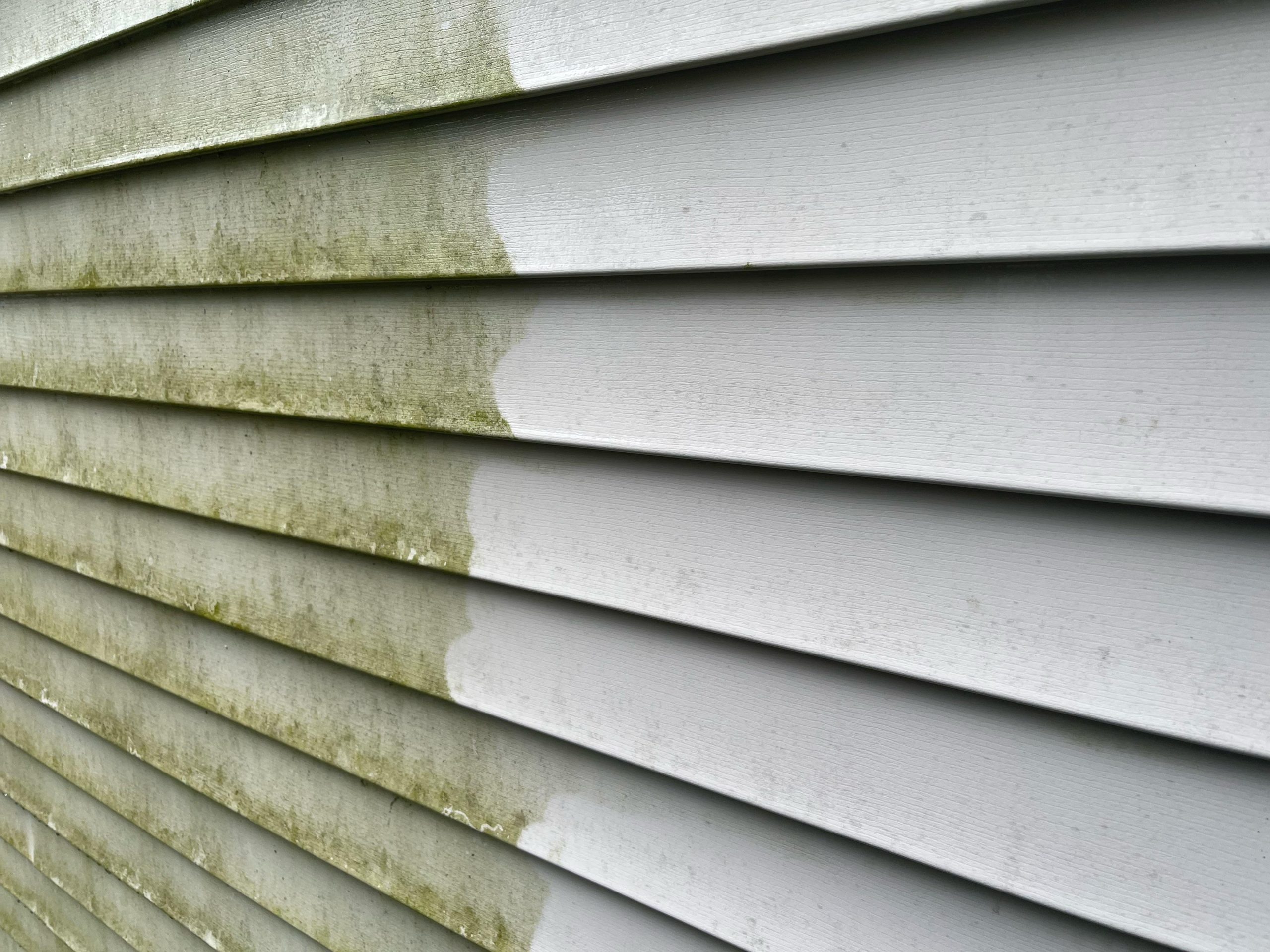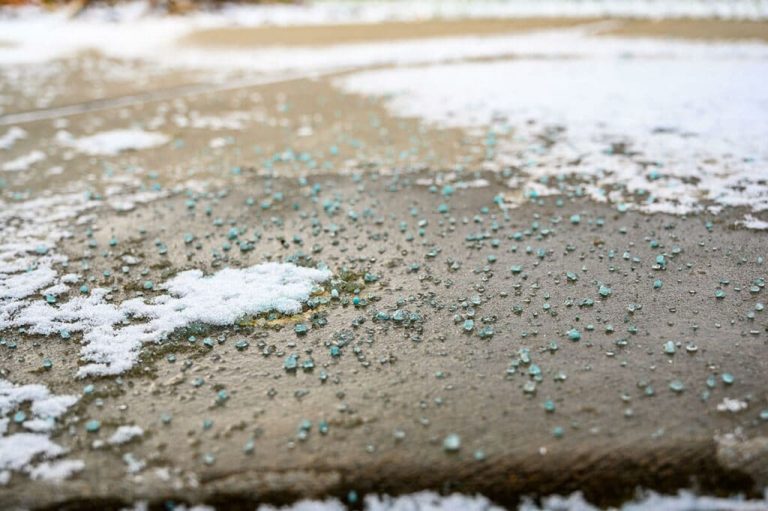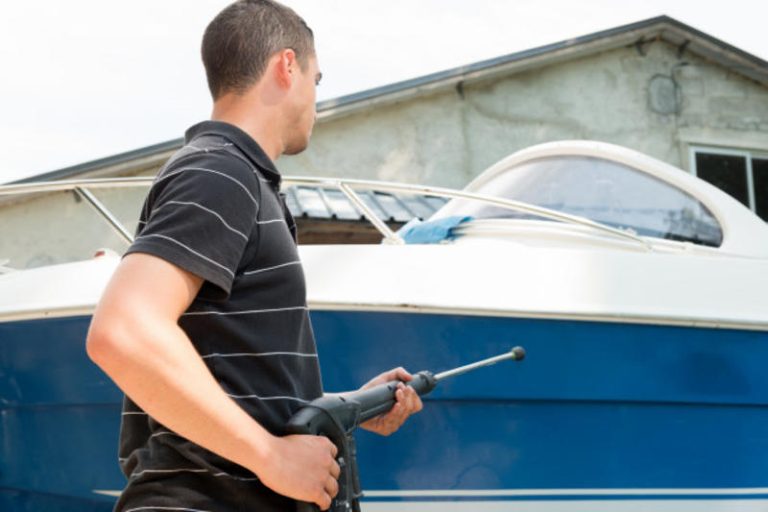
If you’ve ever noticed yourself sneezing more when you’re outside—especially near your siding, porch, or deck—you’re not imagining it. Outdoor surfaces can be breeding grounds for allergens like pollen, mold, and mildew. That leads to a key question for allergy sufferers: Can power washing actually help reduce or eliminate allergens?
The answer is yes—power washing can be a valuable tool in improving outdoor air quality and reducing allergen buildup around your home. Let’s explore how, and what to watch out for. 💧🧼
🧬 Common Outdoor Allergens Around the Home
Before we talk about how power washing helps, it’s important to understand where allergens come from:
- Pollen:
Trees, grasses, and weeds release microscopic pollen into the air, which then settles on outdoor surfaces. - Mold Spores:
Mold thrives in damp, shaded environments—often on decks, fences, siding, or roofs. - Mildew and Algae:
These look unsightly and can also contribute to air irritation when they dry out and release spores. - Dust and Airborne Debris:
Over time, dirt traps allergenic particles like dust mites, pet dander, and pollution residue.
When these contaminants build up around your living space, they get stirred into the air every time you walk, sweep, or even sit outside—triggering allergies. 😷
💦 How Power Washing Helps
Power washing offers both cleaning power and preventive benefits for allergy control:
- Removes pollen and dust: A high-pressure rinse can clear surfaces of settled particles that may otherwise get kicked up into the air.
- Kills and removes mold/mildew: With the right cleaning agents, power washing destroys spores and scrubs them away.
- Prevents regrowth: Removing biofilm and buildup gives mold and algae fewer places to thrive.
- Improves air circulation: Clean patios and walls reduce stagnant air, which helps reduce pollen and mold pockets.
🎯 Bonus: It also removes nesting spots for insects and rodents that can carry allergens.
🧪 Use Mold- and Allergen-Killing Detergents
Plain water works for pollen, but mold spores require a more targeted approach.
Look for cleaners labeled:
- Mold- or mildew-removing
- Biodegradable and pet-safe
- Outdoor use with low-VOC (volatile organic compounds) content
Common ingredients include sodium hypochlorite (bleach) or hydrogen peroxide, which kill mold spores on contact.
Apply the solution, let it sit for 5–10 minutes, and then rinse thoroughly with your power washer.
Browse Amazon Here For Popular Mold And Mildew Cleaners
🚿 Best Areas to Target for Allergy Relief
- Siding and Gutters – Great for clearing pollen, spider webs, and mold
- Decks and Porches – Especially important for wood and composite materials that collect mildew
- Patio Furniture and Cushions – Clean with lower pressure to prevent damage
- Driveways and Walkways – Reduces dust and pollen tracked into your home
- Windows and Screens – Pollen often clings to window screens and causes sneezing indoors
🧠 Safety Considerations for Allergy Sufferers
- Wear a mask (preferably N95) while power washing to avoid inhaling dislodged spores
- Use gloves and long sleeves when using chemicals or bleach-based cleaners
- Wash your clothes immediately after cleaning to remove allergens
- Avoid doing the job on high-pollen days—check your local pollen count before you begin
💡 Tip: Rinse the area again 24–48 hours after cleaning to remove any leftover residue or cleaner runoff.
🪴 Don’t Forget to Protect Plants
Many allergy sufferers also love gardening—but remember, some cleaning agents can damage or kill sensitive plants. Cover flower beds or water them before and after power washing to minimize harm.
✅ Final Thoughts
Power washing won’t cure your seasonal allergies, but it can make a noticeable difference by reducing exposure to allergens around your home. Combine regular exterior cleaning with smart timing and the right products, and you’ll breathe a little easier all season long.
Stay clean. Stay clear. Stay allergy-smart. 💨🧽🌸
Browse Amazon Here For Top Rated Power Washers And Accessories






